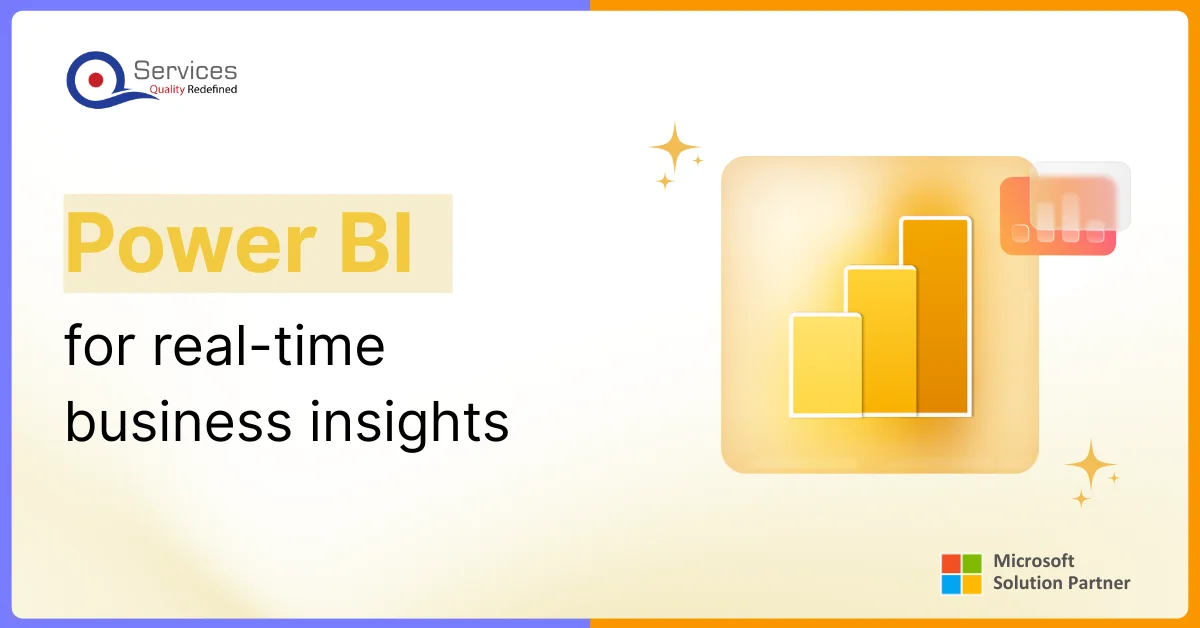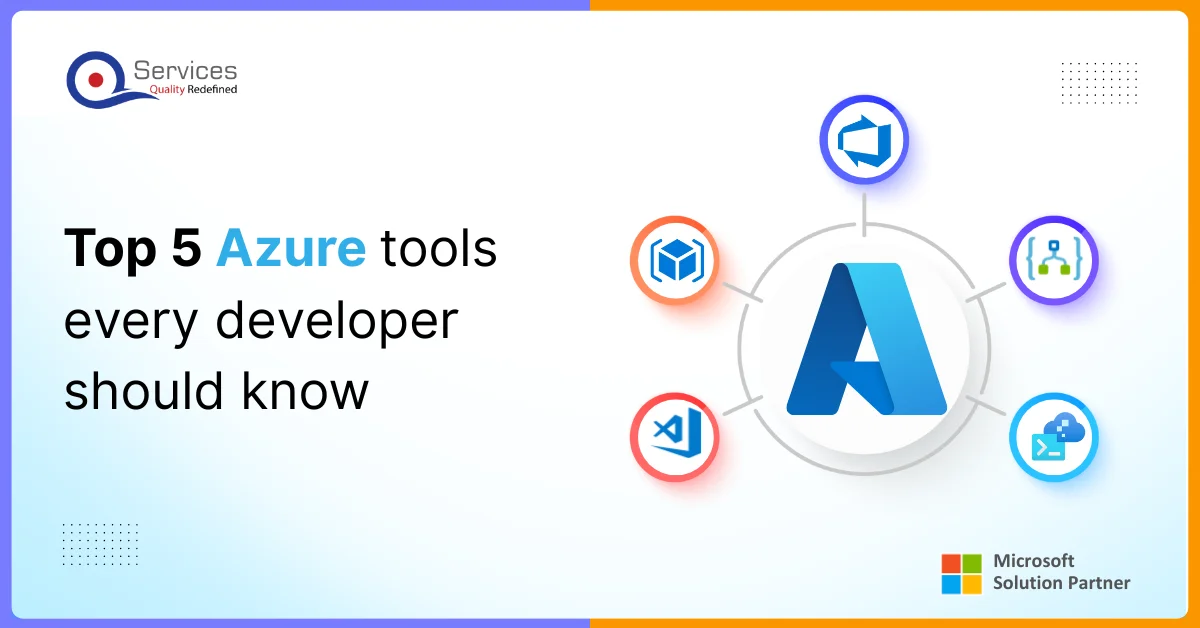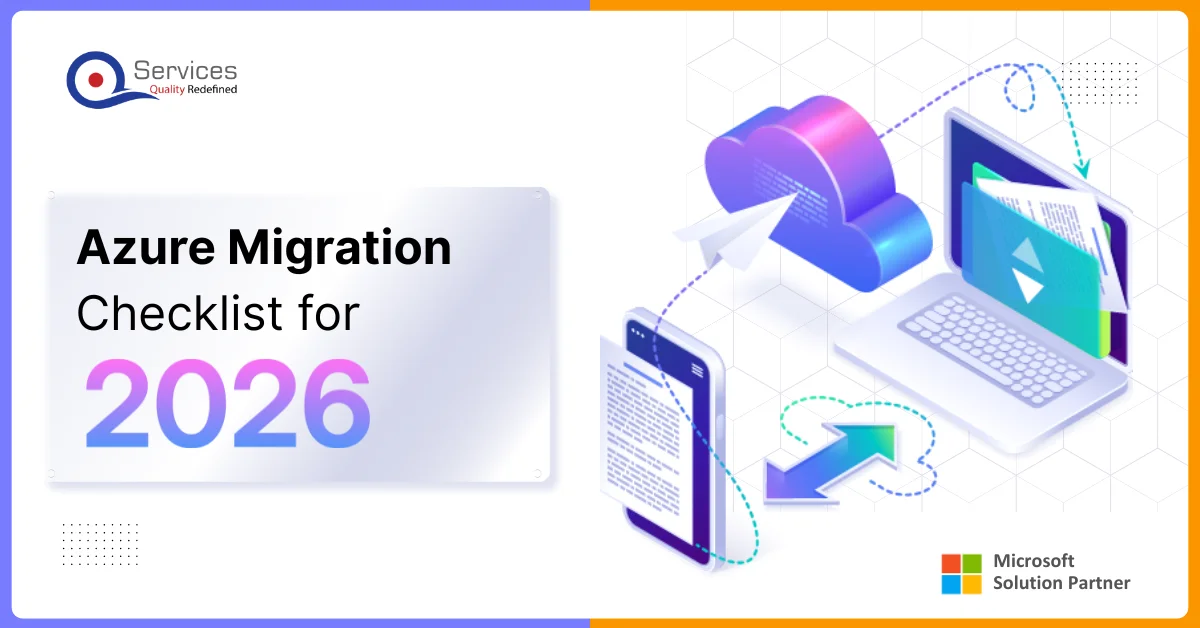
Home » Deploying Node.js Applications on Azure App Service: Step-by-Step Guide

In today`s fast moving virtual world, cloud utility deployment has come to be a cornerstone of cutting-edge improvement practices. As groups intention to reap extra efficiency, scalability, and value savings, cloud structures have become essential withinside the software program improvement technique. Among those structures, Microsoft Azure App Service sticks out as an effective answer for web website hosting internet programs, imparting a huge variety of capabilities to satisfy various improvement requirements. Azure App Service gives builders with all-in-one surroundings that helps diverse programming languages and frameworks, with fantastic compatibility for Node.js programs. Node.js became known for the event-driven non-blocking architecture which gained him popularity in server-side development. Azure App Service adds value to your development point by providing a secure, flexible, and reliable framework. Be it a simple web application, a RESTful API, or a complex enterprise solution, the platform helps streamline the process with automation of repetitive tasks and provision of tools that simplify development and deployment.
This guide helps you through all the steps to deploy and manage your Node.js application in Azure App Service. We shall discuss setting up the Azure environment and everything else needed up to advanced configuration. Learn how to install an Azure account, create an App Service plan, and configure a web app to host a Node.js application. Additionally, we`ll discover nice practices for making ready your utility for deployment, which includes optimizing your codebase, configuring the package.json file, and coping with surroundings settings.
Delivering apps over the cloud has emerged as a crucial component of contemporary development methodologies in the ever changing digital ecosystem of today. In the pursuit of increased cost-effectiveness, scalability, and efficiency, cloud infrastructure has emerged as a critical component of software development. Microsoft Purplish blue App Benefit stands out from the competition as a solid web application facilitating stage with a plenty of highlights to fulfill a wide extend of advancement prerequisites. With incredible compatibility for Node.js applications, it gives engineers with a comprehensive environment that underpins a number of programming dialects and systems. Node.js, known for its event-driven and non-blocking design, is a favored choice for server-side development. Azure App Service enhances your development experience by offering a secure, adaptable, and dependable framework. Whether you’re creating a straightforward web app, a RESTful API, or a sophisticated enterprise solution, the platform simplifies the process by automating repetitive tasks and providing tools that make development and deployment easier.
What This Guide Covers
This guide is your go-to source for deploying Node.js apps to Azure App Service. Regardless of your level of cloud deployment experience or your desire to streamline your current procedure, this tutorial covers all the crucial components of setting up, deploying, and maintaining Node.js apps in Azure.
The first step to a successful deployment is to set up your local development environment. This section will teach you how to install the necessary tools, libraries, and dependencies on your computer in order to deploy Azure. Learn how to set up your development environment to satisfy your cloud needs to guarantee a seamless transition from local testing to production.
A well-structured application can make a big difference in performance and scalability. In this section, we’ll cover the best practices for structuring your Node.js application to make the most of Azure’s capabilities. From organizing your code base to setting application-specific configurations, we’ll help you design efficient, maintainable applications.
There are several ways to deploy your application to Azure, but we’ll cover the most effective ways here. Learn about a simple Git-based deployment for a small application and explore more advanced strategies, like a continuous integration/continuous deployment (CI/CD) pipeline, that help you streamline updates, automate processes, and improve code quality. You will also learn how to deploy from a local environment, a staging environment, and even an automated deployment workflow.
Protecting your software from outside and inner threats is important in any cloud environment. This phase will stroll you thru diverse safety features you could implement, consisting of steady connection protocols, statistics encryption, and dealing with consumer authentication and authorization. We`ll speak the way to make certain that your Node.js software meets enterprise requirements for security, making your software resilient to ability vulnerabilities.
Ensuring that your software runs easily beneath heavy visitors is crucial for an awesome consumer experience. In this part of the guide, we`ll discover overall performance optimization strategies tailor-made to Node.js on Azure. Topics protected encompass caching techniques, load balancing, optimizing database queries, and fine-tuning the server to deal with large-scale visitors efficiently. These techniques will assist hold the steadiness and pace of your software while utilization grows. Monitoring and Maintenance: Setting up comprehensive monitoring and maintaining your application in production.
Who Should Read This Guide?
This guide is designed for several audiences:
Looking to deploy their applications to a cloud platform
Responsible for managing deployment pipelines and infrastructure
Planning cloud migration strategies
Evaluating deployment options for their teams
Expanding their knowledge of cloud deployment
While some familiarity with Node.js development is assumed, we’ll explain Azure-specific concepts thoroughly, making this guide accessible to those new to cloud deployment.
The Azure Advantage
Azure App Service offers several distinct advantages for Node.js applications:
Getting the Most from This Guide
To maximize the value you get from this guide:
1.Follow Along Practically: We provide detailed, step-by-step instructions that you can follow with your own application.
2.Understand the Concepts: Don’t just copy and paste commands; understand why each step is necessary.
3.Explore the Resources: We’ll reference additional documentation and resources throughout the guide.
4.Start Small: Begin with a simple application before moving on to more complex deployments.
Prerequisites
Before diving into the deployment process, ensure you have:
What’s Next?
In the following sections, we’ll dive deep into each aspect of deploying Node.js applications on Azure App Service. We’ll start with setting up your development environment and progressively move through more advanced topics. Each section builds upon the previous ones, providing you with a complete understanding of the deployment process.
Remember that cloud deployment is an iterative process. As you work through this guide, you’ll likely need to revisit earlier sections as your understanding grows and your application’s needs evolve. Don’t hesitate to experiment with different configurations and approaches to find what works best for your specific use case.
Let’s begin with setting up your development environment and preparing your Node.js application for Azure deployment.
Why This Guide Matters
The landscape of cloud deployment is constantly evolving, and staying current with best practices is essential. This guide combines practical experience with official Microsoft recommendations to provide you with a reliable reference for your Node.js deployments on Azure.
Who Should Read This Guide
Azure App Service is Microsoft’s Platform-as-a-Service (PaaS) offering that enables you to build, deploy, and scale web applications quickly. It abstracts away the complexity of infrastructure management while providing powerful features for application hosting.
Understanding the different App Service plans is crucial for cost-effective and efficient deployments. Let’s break down the key options:
 3.Visual Studio Code Setup
3.Visual Studio Code Setup
Get free Consultation and let us know your project idea to turn into an amazing digital product.





 Scaling and Management
Scaling and Management


Share your project idea with us. Together, we’ll transform your vision into an exceptional digital product!

This comprehensive guide provides a solid foundation for deploying and managing Node.js applications on Azure App Service. Remember to regularly review and update your deployment practices as new features and best practices emerge in the Azure ecosystem.
Azure App Service is Microsoft’s cloud platform for hosting web apps. It offers automated deployment, scaling, and management features without dealing with infrastructure.
Yes, Azure provides free SSL/TLS certificates and automatic HTTPS configuration for all apps, including custom domains.
Yes, Express.js works perfectly on Azure. It’s one of the most common frameworks used with Node.js on Azure.
Use connection strings in Azure’s Application Settings. Azure supports various databases including MongoDB, MySQL, and SQL Server.
Use the Application Settings section in Azure Portal to manage environment variables securely without exposing them in code.
Yes, Azure keeps deployment history and allows quick rollbacks through deployment slots or the Azure Portal.
Connect your GitHub repository to Azure and enable GitHub Actions or Azure DevOps for automated deployments.
Yes, Azure offers auto-scaling based on metrics like CPU usage or request count. Configure rules in the Azure Portal.
Azure provides automatic restart capabilities and detailed logging. Set up Application Insights for comprehensive error tracking.
Yes, Azure fully supports npm packages. Your package.json dependencies are automatically installed during deployment through built-in npm integration.

In 2026, it’s vital for every developer to be skilled in using the right set of Azure developer tools for cloud projects. Microsoft’s Azure cloud platform is at the center of this shift, providing a wide range of solutions for building and managing apps. With cloud development with Azure, teams can launch reliable apps that scale globally and respond to business needs in real time. Picking the right items from the Azure tools list can save time, money, and help you get better results.

In 2026, moving workloads to Azure cloud migration is not just about transferring data. It’s about making the whole process smarter, more automatic, and easier to manage while keeping compliance and security tight.

The way small and medium-sized businesses (SMBs) operate has changed more in the past five years. Traditional systems that once felt reliable are now holding teams back. Data lives in silos, processes rely on too much manual work, and the cost of maintaining legacy servers keeps growing. So how do businesses modernize without disrupting what’s already working?

Founder and CEO

Chief Sales Officer
